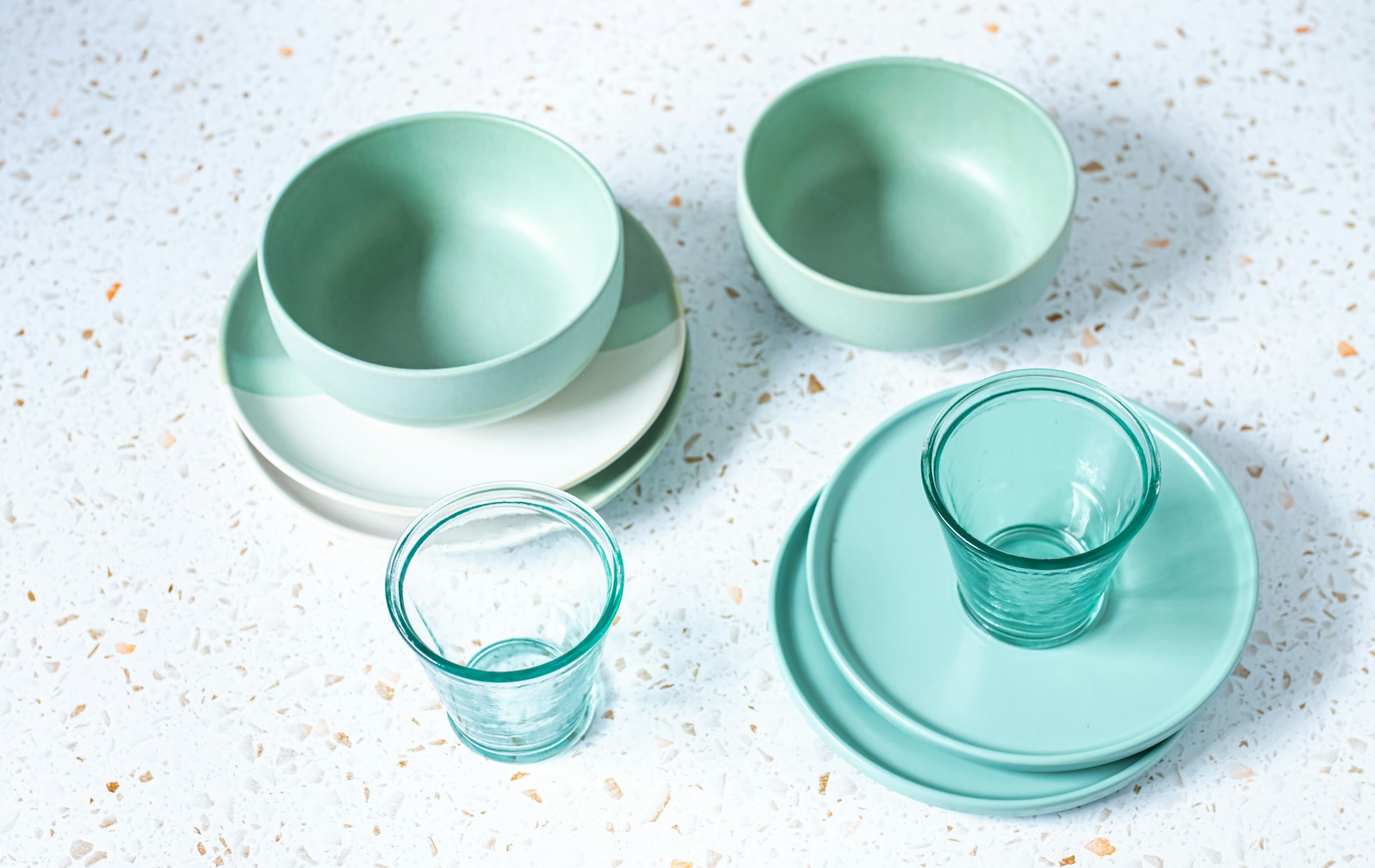Comparing Food Storage Materials: Plastic, Glass, and Ceramic
Choosing the right material for food storage is essential for preserving freshness, ensuring safety, and maintaining convenience in the kitchen. Plastic, glass, and ceramic are the most common materials used for food storage containers, each offering unique benefits and drawbacks. Here’s a comparison to help you make an informed choice.
Plastic
Plastic containers are popular due to their lightweight, durability, and affordability. They are versatile and come in various shapes and sizes, making them ideal for storing everything from leftovers to dry goods. However, plastic has its downsides. It can retain odors and stains, and certain types of plastic may contain harmful chemicals like BPA, which can leach into food, especially when heated. To mitigate these risks, look for BPA-free options and avoid microwaving plastic containers.
Glass
Glass containers are a top choice for many health-conscious consumers. They are non-porous, which means they do not absorb food odors or stains, and they do not contain harmful chemicals. Glass is also highly durable and can withstand high temperatures, making it suitable for both freezer and oven use. The primary drawbacks of glass containers are their weight and fragility. They are heavier than plastic and can break if dropped, so they require careful handling.
Ceramic
Ceramic containers offer a stylish and practical option for food storage. They are non-reactive, meaning they won’t leach chemicals into food, and they retain heat well, making them perfect for serving hot dishes. Ceramic containers are also typically microwave and dishwasher safe. However, they can be prone to chipping and cracking, especially with frequent use. Additionally, ceramic containers are often heavier and more expensive than plastic options. For those interested in high-quality ceramic storage, Caraway Home has a great ceramic food storage set that I highly recommend. The set comes with a magnetic stand that makes organization a breeze, combining functionality with an aesthetically pleasing design.
Conclusion
When comparing plastic, glass, and ceramic for food storage, each material has its strengths and weaknesses. Plastic offers convenience and affordability but requires caution regarding chemical safety. Glass provides a safe, durable, and odor-resistant option but is heavier and more fragile. Ceramic combines aesthetics with practicality but may chip over time. Ultimately, the best choice depends on your specific needs and priorities, whether it’s health considerations, durability, or convenience.
Thank you for reading this post, don't forget to subscribe to our newsletter!




